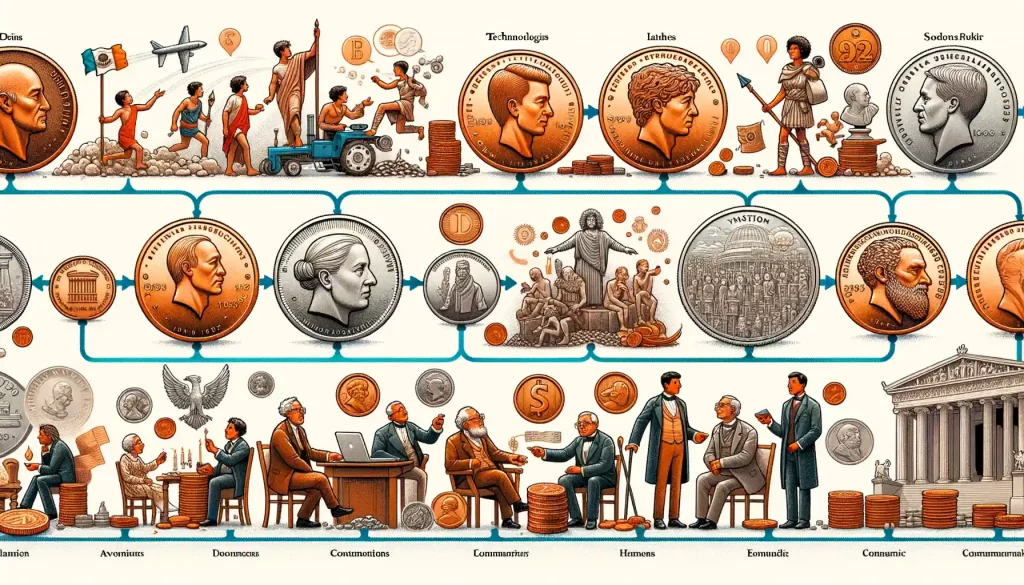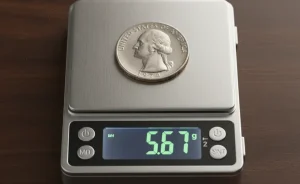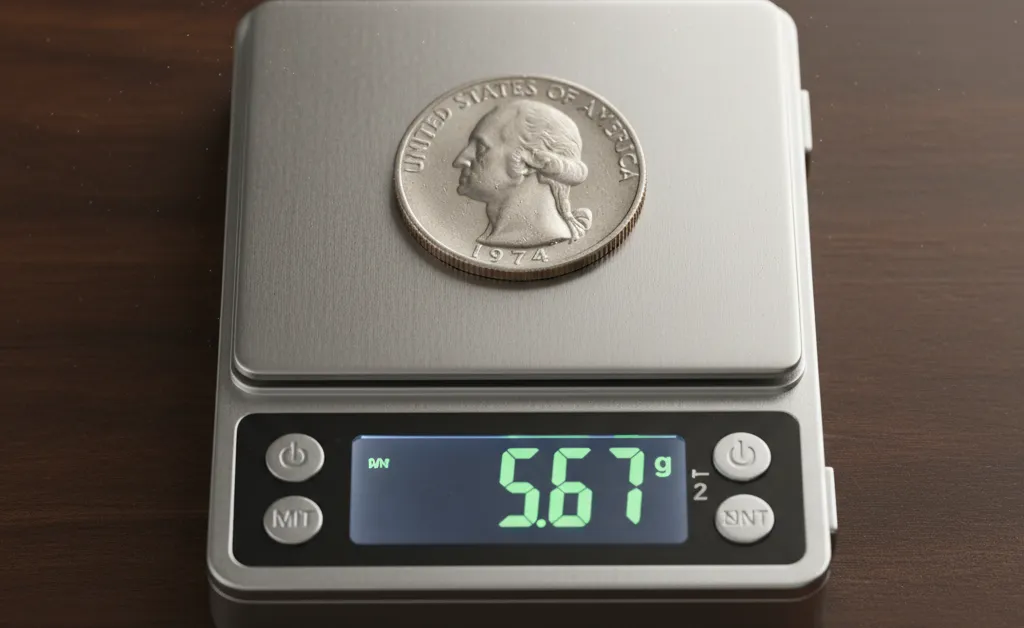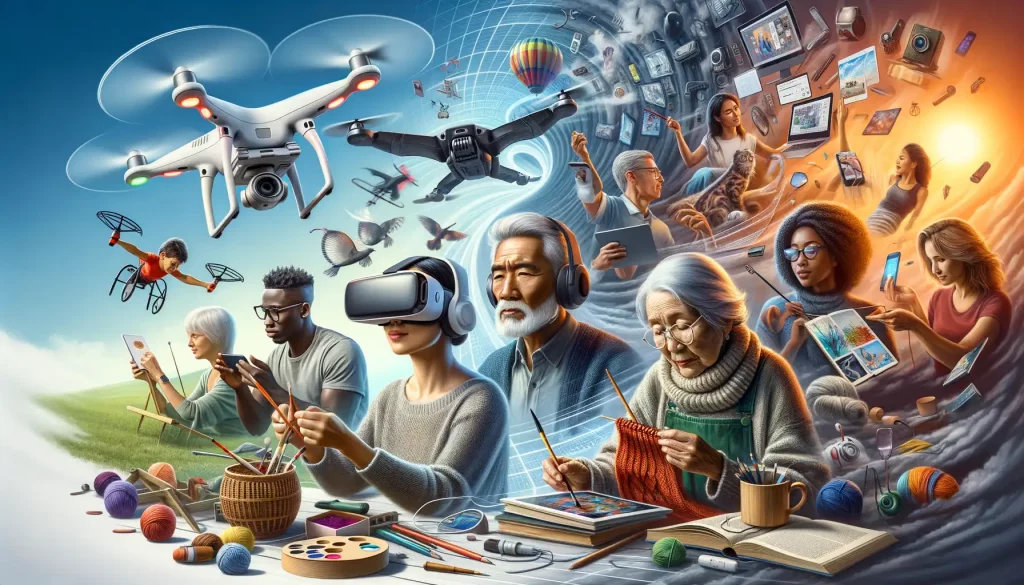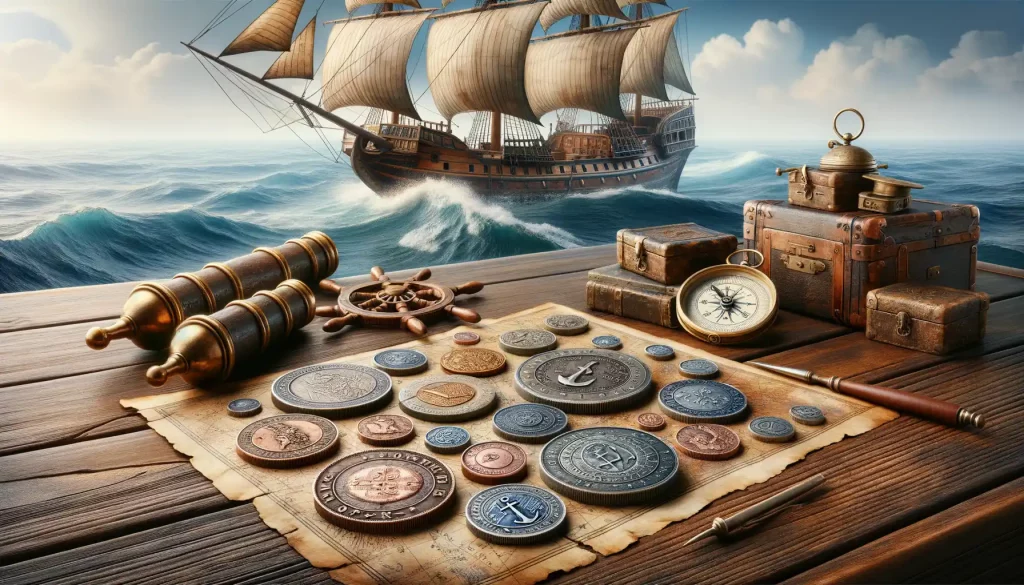Historical Evolution of Coinage Through Political Shifts
From Ancient Empires to Modern Nations: A Journey in Metal
Coins aren’t just cold, hard cash—they’re time travelers, carrying stories of triumph, upheaval, and human ambition. Imagine holding a Roman denarius. That small silver disc isn’t just currency; it whispers the tale of Julius Caesar’s rise to power, stamped with his profile to declare dominance. Across centuries, coinage has been a silent but potent participant in political drama.
When empires crumbled or rulers changed hands, coins often morphed into symbols of allegiance or rebellion. Take, for example, England during Henry VIII’s reign—a time when coins shed Catholic imagery in favor of Protestant ideals as the king split from the church. Or picture the French Revolution: monarchy faces vanished, replaced by bold icons of liberty and equality, breathing new meaning into everyday transactions.
- Ancient Greece: City-states flaunted their independence with unique designs—Athens’ owl vs. Corinth’s winged horse.
- Colonial America: Early coins reflected ties to Britain but shifted to eagles and liberty as independence sparked.
Each redesign wasn’t just aesthetic; it shouted, “This is who we are now!” Coins became tiny canvases of persuasion, forging identities in the face of shifting power.
Key Political Events That Impacted Coin Design
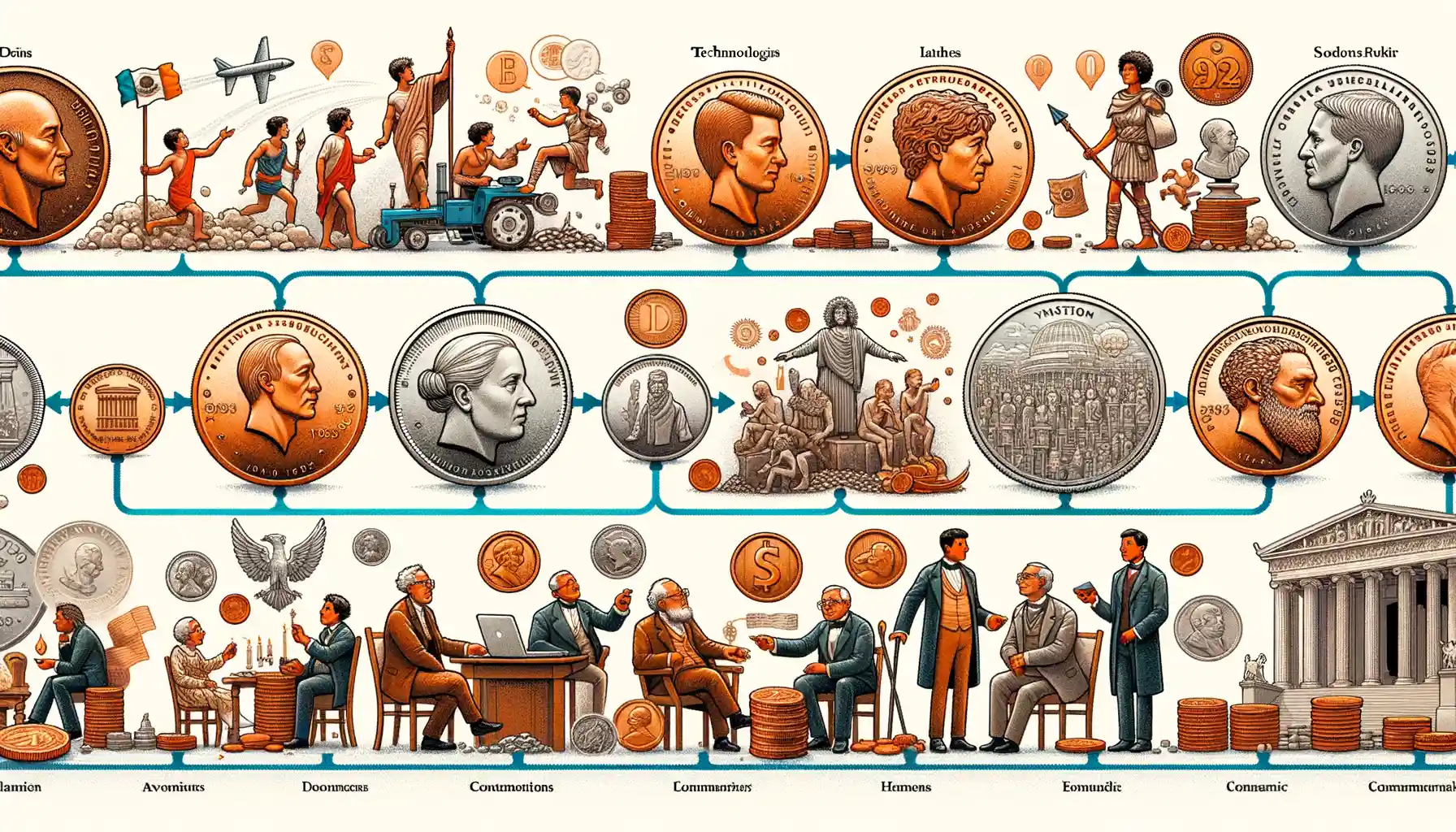
The Ripple Effect of Politics on Coin Design
Coins may be small, but they carry the weight of entire eras in their designs. Political milestones have often left indelible marks on these tiny canvases of history. Let’s dive into a few fascinating examples where power struggles, revolutions, and national pride reshaped what jingles in our pockets.
When the Roman Republic gave way to the Empire, coins became a propaganda tool overnight. Suddenly, emperors plastered their faces on currency, using every denarius to remind citizens who held the reins of the sprawling empire. Julius Caesar’s 44 BCE coin, one of the first featuring a living person, sent shockwaves—it was bold, audacious, and a gamble. Spoiler: it didn’t end well for him.
Fast forward to 20th-century Europe, where political upheaval reigned supreme. After the Russian Revolution, Tsarist symbols on coins were scrapped. Instead, the Soviet Union emblazoned coins with the hammer and sickle—a no-mistake message about its ideological leanings.
- The Euro introduction (1999): A masterpiece of unity, symbolizing a continent coming together after centuries of conflict.
- Post-apartheid South Africa: Minting the Springbok on coins symbolized a new chapter of inclusivity.
These metal witnesses reflect more than just monetary value—they chronicle turbulent histories and triumphant transformations.
Economic Implications of Politically-Driven Coinage Changes
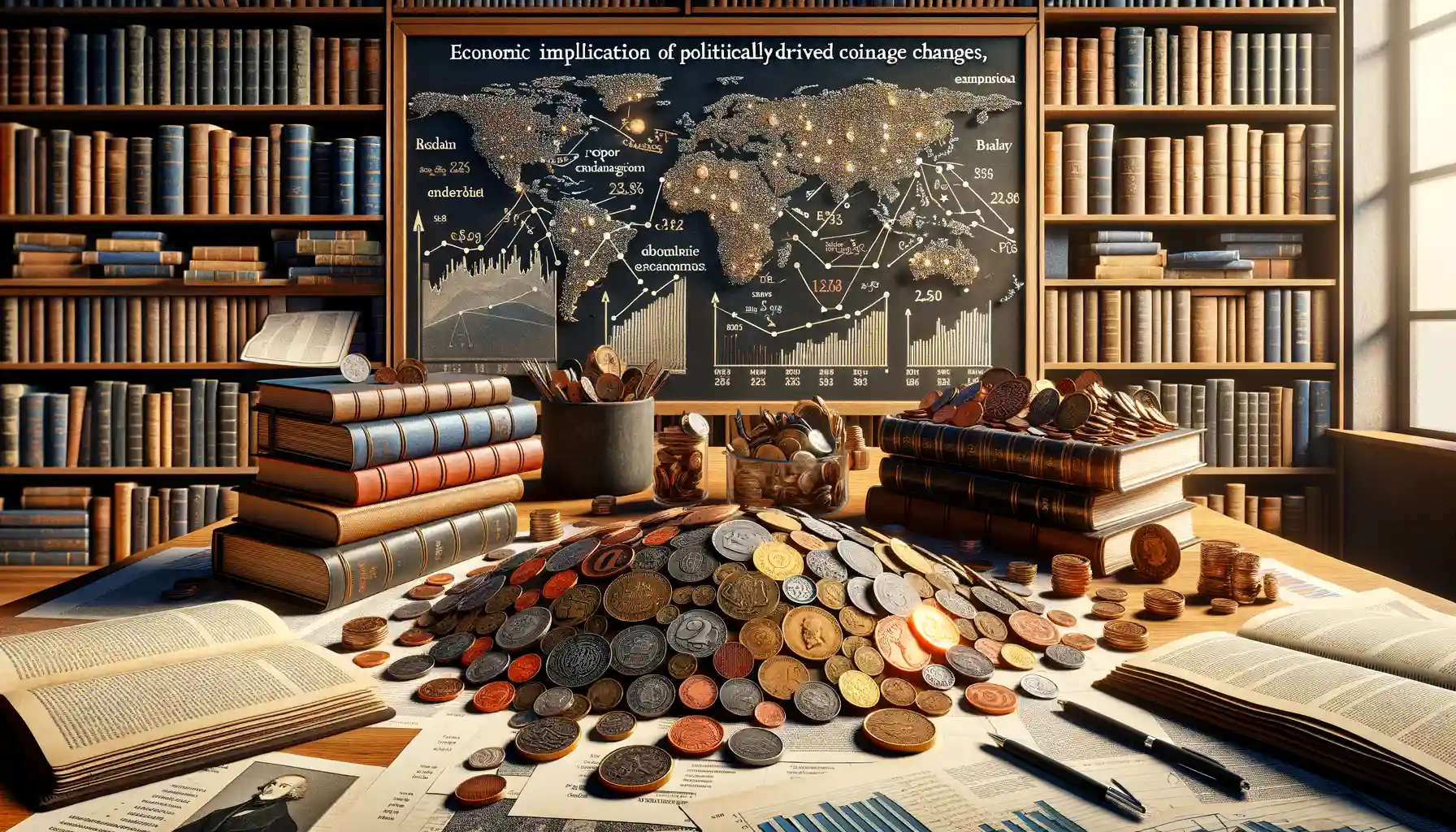
The Ripple Effect of Coin Design on Economies
Picture this: a nation decides to revamp its coinage after a seismic political shift. Sounds like just a cosmetic tweak, right? Not so fast. Changing coins is like throwing a pebble into a pond—it sends ripples far and wide across the economy.
First off, consider the logistical chaos. When new coins hit the streets, vending machines, parking meters, and cash registers sometimes throw a tantrum. The cost of recalibrating these systems isn’t pocket change; businesses often foot the bill.
Now let’s talk about trust. Coins have a subtle psychological power. They’re not just currency; they’re a nation’s promise. A massive redesign—like swapping a monarch’s face for a revolutionary emblem—can destabilize that trust. Consumers may hoard “old” coins for perceived value, disrupting liquidity.
- Budget constraints: Printing and minting new designs can drain national budgets.
- Trade implications: Unique coin sizes or weights can complicate international exchange.
In 2002, the adoption of the Euro is a prime example. While it unified economies, the transition initially left some businesses grappling with rising costs and consumer confusion. Politics may steer the ship, but economics feels the tidal wave.
When Currency Turns Into an Economic Tug-of-War
Ever notice how coins can spark fiery debates? Politically-motivated changes can amplify existing rifts in society. For instance, when Zimbabwe changed its coinage amid hyperinflation, people flocked to alternative currencies like the US Dollar, reducing faith in the local tender. Similarly, demonetization in India—though aimed at curbing black money—briefly paralyzed small businesses reliant on cash transactions.
Then there’s the collectors’ market, almost like the stock exchange for coins. Politically-charged designs can skyrocket in value overnight. Take the Brexit 50p coin—a humble piece of metal turned cultural flashpoint, now a treasure for enthusiasts but puzzling to some everyday users.
Behind each design lies a web of political ambition and economic consequence, intertwining in ways you might never imagine.
Symbolism and Propaganda Reflected in Coins
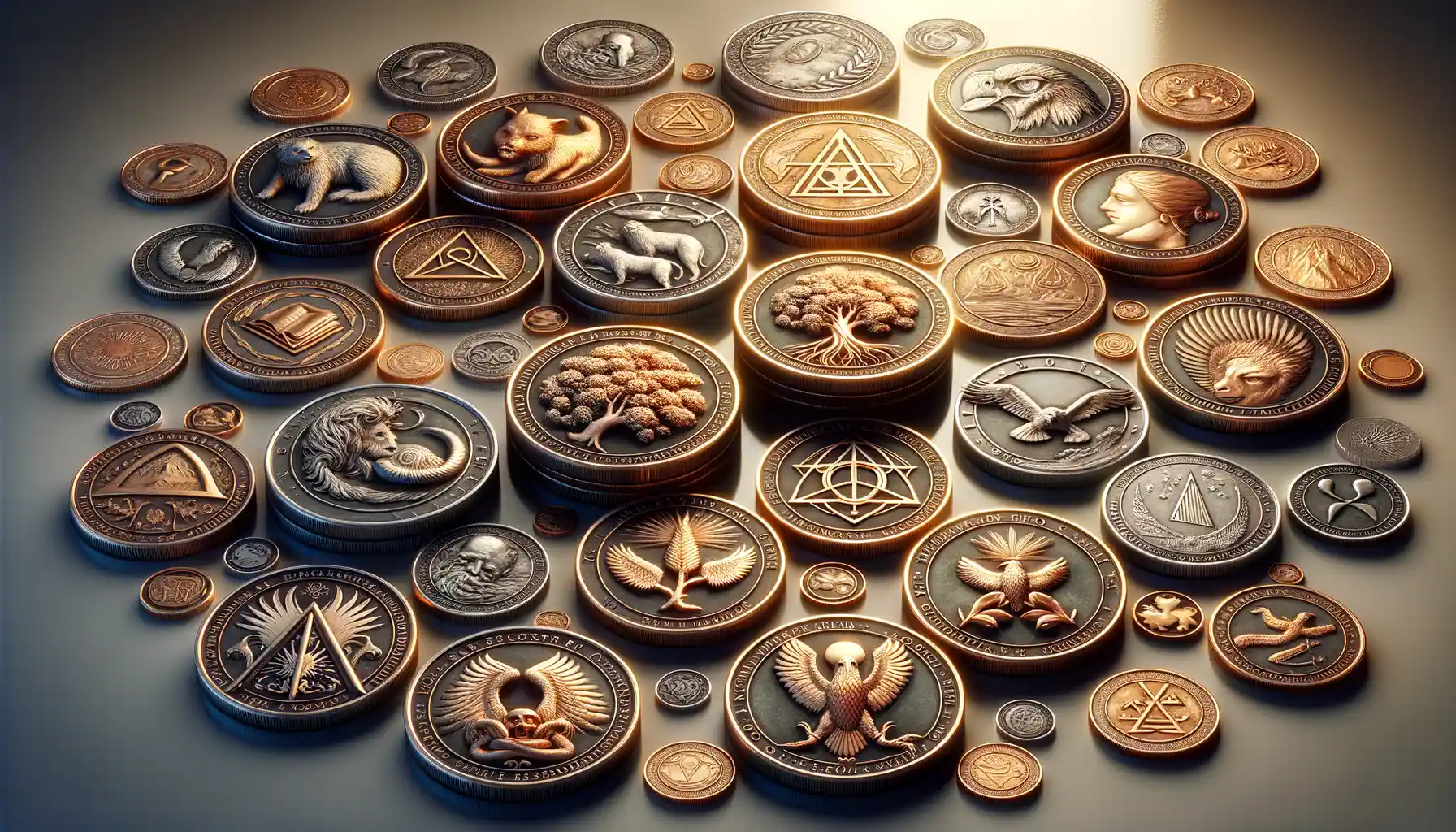
Coins as Emblems of Power and Ideology
Coins have always been more than just metal currency. They’re miniature canvases where rulers, regimes, and movements paint their visions of authority and identity. When you hold a coin in your hand, you’re not just holding money – you’re holding a message.
Think about the ancient Roman empire. Their coins bore images of emperors like Julius Caesar, gazing powerfully into eternity. These weren’t just portraits; they screamed, “I’m divine. I’m eternal!” Later, during the French Revolution, coins abandoned monarchy-related imagery altogether, embracing liberty caps and the goddess of freedom instead. The transformation wasn’t subtle—it was shouting rebellion from the palm of your hand.
Subtle Propaganda You Can Carry
But propaganda on coins isn’t always so loud. During World War II, Germany issued coins stripped of monetary flair, reduced to stark, utilitarian designs. Why? To remind citizens that resources were for war, not luxury. Even modern coins participate in this visual rhetoric. Ever noticed how the euro celebrates unity across borders with bridges? Intentional. Every curve whispers solidarity, suggesting harmony amid diversity.
Coins are storytellers, sometimes loud and brash, other times whispering secrets only history buffs might catch. Look closer next time you dig change from your pocket—there’s a whole legacy imprinted there.
Future Trends in Coinage Amid Political Transformations
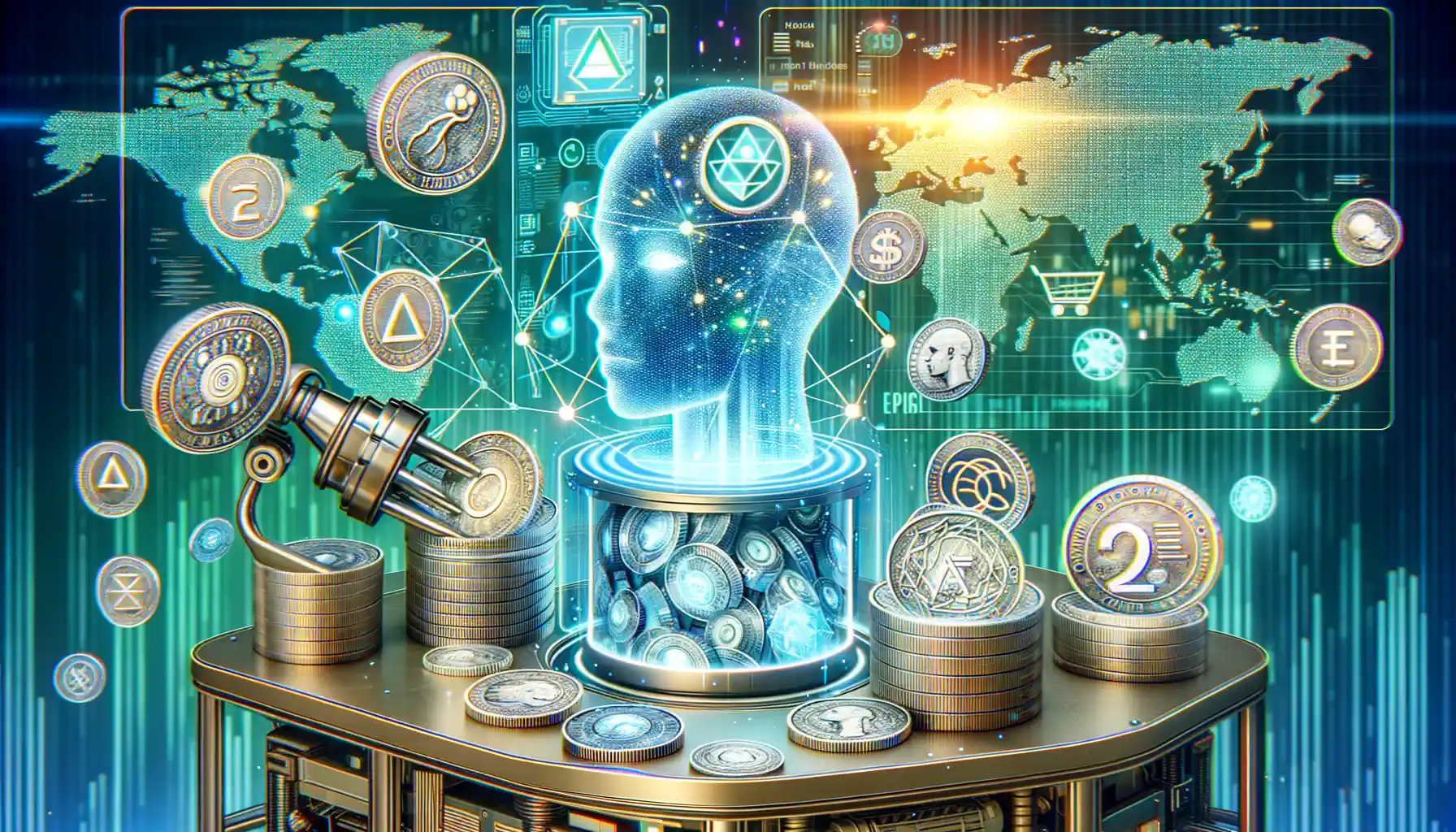
How Coins Could Evolve in a World of Rapid Change
The world is transforming at lightning speed, and so is the way we think about money—and coins are no exception. As political landscapes shift, the humble coin is poised for a bold makeover, fueled by technology, global values, and even environmental consciousness.
Imagine this: instead of the static, penny-in-your-pocket design we’ve known for centuries, future coins might become dynamic storytellers. With advanced materials and microchips, coins could showcase changing political alliances, feature rotating designs that reflect cultural movements, or even act as carriers of real-time information like exchange rates. One day, your coin might “talk back” to you—an emblem of both history and cutting-edge innovation.
- Augmented reality (AR): Hold up a coin to your phone, and a 3D hologram of a political figure or historic event comes alive.
- Eco-friendly minting: No more mining-heavy production—coins may soon embrace renewable sources or biodegradable materials.
Globalization’s Stamp on Tomorrow’s Coins
As globalization redefines borders, coins could become far less tied to individual countries. Picture a future where regional unions—like the EU but on steroids—issue shared coins that transcend nationality altogether. These shared designs might prioritize universal symbols: peace doves, sustainable energy blades, or even abstract shapes representing unity.
But here’s the twist—local flair won’t vanish entirely. Coins could feature rotating elements showcasing member states’ cultures, blending the personal with the collective. Think of it as a duet: one side speaks global values, the other whispers local pride.
This double identity of coins could symbolize a world caught between tradition and progress—where every flip of a coin tells two stories at once.

